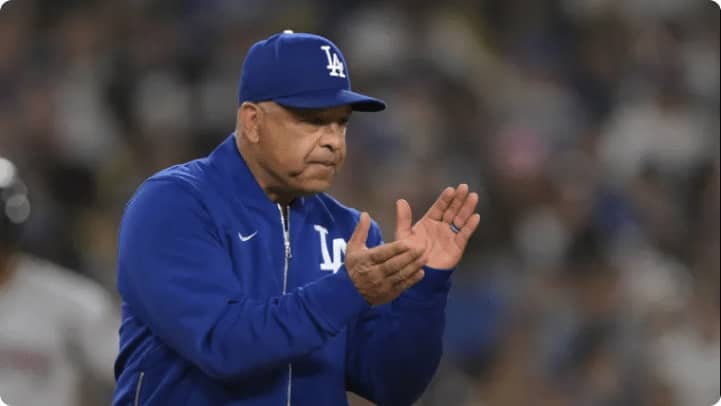Tanner Scott’s $72M Dodgers Deal Exposes Yankees’ Financial Restraint in Closer Market
FEEL UNSTOPPABLE IN GEAR THAT MOVES WITH YOU.
From lightweight running shorts to moisture-repellent jackets – every piece is crafted for peak performance and head-turning style.
Need sports gear? Get it on sale now – discounts you can’t resist! <--ClickThe Los Angeles Dodgers' signing of All-Star closer Tanner Scott to a $72 million, four-year contract has intensified debates about the financial disparities in MLB's elite spending. The New York Yankees' absence from negotiations underscores their cautious financial strategy, contrasting sharply with the Dodgers' willingness to invest heavily in star talent.
The Contract and Its Strategic Impact
Scott's deal, averaging $18 million annually, solidifies his status as baseball's highest-paid left-handed reliever. The Dodgers—already committed to over $1 billion for Shohei Ohtani and Yoshinobu Yamamoto—outbid rivals like the Phillies and Giants to secure his services. This move aligns with their "win-now" philosophy, despite projecting a 2025 luxury-tax payroll exceeding $375 million, nearly $70M above the next-highest team.
Scott's rise is remarkable. After struggling with control issues during his early Orioles years (4.73 ERA from 2017–2021), he became a dominant closer with the Marlins and Padres. His 2024 season (1.75 ERA, 84 strikeouts) showcased a 97 mph fastball-slider combo and an MLB-low 84.3 mph average exit velocity, making him a key asset for a Dodgers bullpen aiming to defend their World Series title.
The Yankees' Calculated Approach
New York's decision to avoid bidding for Scott reflects fiscal discipline. With a projected 2025 payroll of $284 million—$43M over the $241M luxury-tax threshold—the Yankees prioritized retaining core players like Gerrit Cole and addressing starting pitching needs over splurging on a reliever. This contrasts with their 2024 spending spree ($300M+ payroll), signaling a shift toward long-term sustainability.
Insiders note concerns over Scott's 12.2% walk rate in 2024 and his contract demands. Instead of competing for him, the Yankees explored cost-effective moves like acquiring Marcus Stroman's contract to mitigate tax penalties.
Broad Implications for MLB's Financial Landscape
Scott's signing highlights the Dodgers' financial dominance. By deferring $680M of Ohtani's $700M deal, they've structured payrolls to stay under luxury-tax thresholds while fielding star-studded rosters. Critics argue this strategy distorts competition, favoring deep-pocketed franchises.
Meanwhile, the Yankees' restraint marks a philosophical shift. Once the标杆 of free-agent spending, they now prioritize fiscal responsibility—a trend that could reshape roster-building in an era where mid-market teams like the Orioles and Rays thrive through cost-effective strategies.
Conclusion
Tanner Scott's contract is more than a milestone for a rising reliever—it reflects MLB's widening economic divide. The Dodgers' financial boldness cements their status as a powerhouse, while the Yankees' caution signals a league in transition. As teams navigate rising costs and tax pressures, Scott's performance and the Dodgers' spending strategies will remain central to the sport's fiscal future.















